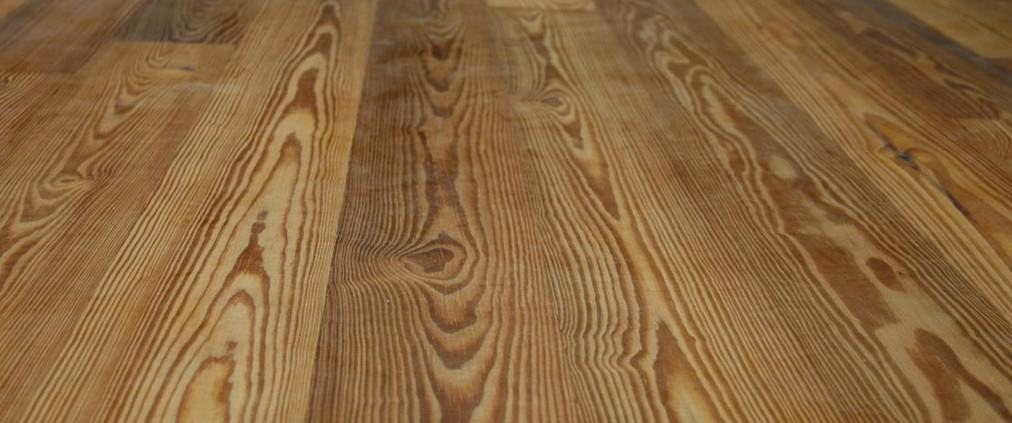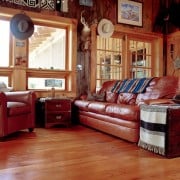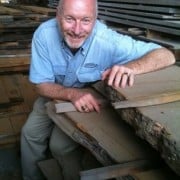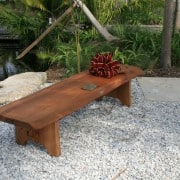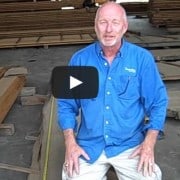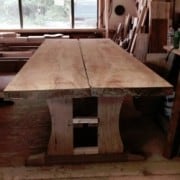Seasonal changes in wood floors
Reports have been coming in of cupped wood floors in the summer in Florida. The periodic nature of this occurrence is similar to the seasonal appearance of cracks between boards in late winter and early spring in New England. The explanation of both problems lies in the way wood reacts to changes in relative humidity and the way relative humidity reacts to changes in air temperature. Air that is cooled 20 degrees Fahrenheit approximately doubles in relative humidity. When warm moist air comes into contact with cool building materials the result can be either extremely high relative humidity or even water condensation on the building materials. If these materials are the subfloor of a house with a wood floor installed on it the result can be a cupped floor. To avoid this problem use a moisture barrier on the warm side of the floor assembly. Insulation alone is not enough to keep the floor from high moisture unless it effectively limits the intrusion of water vapor.
Cracks between the boards in cold climates during the heating season can result from low relative humidity. For every 20 degrees the cold outside air is warmed when it comes into the house the relative humidity halves. This is the same process described above but in the other direction. Over the course of several weeks of exposure to low relative humidity the wood flooring material dries out and shrinks.

